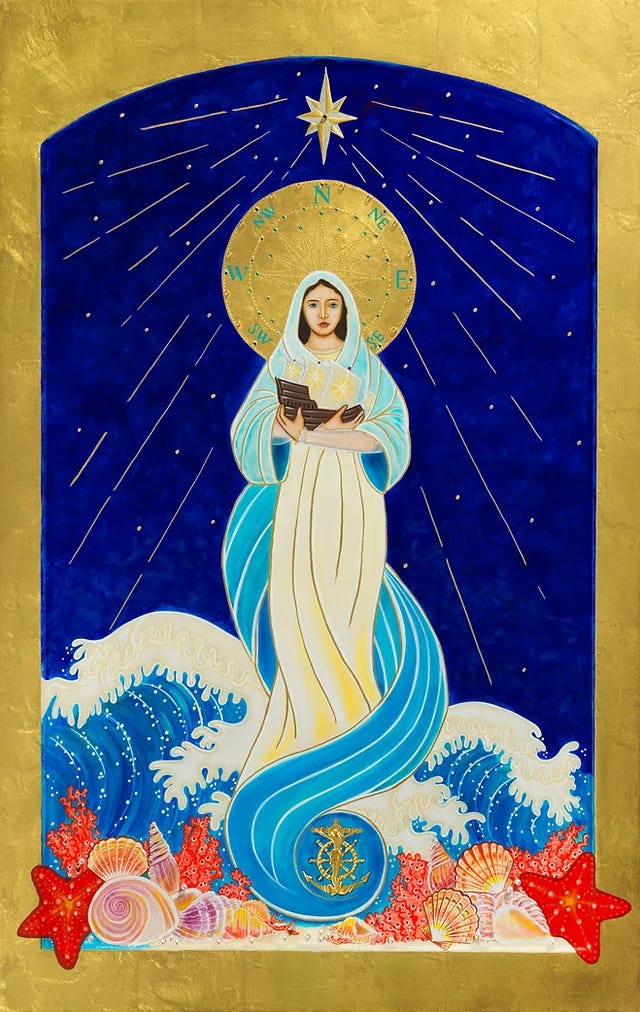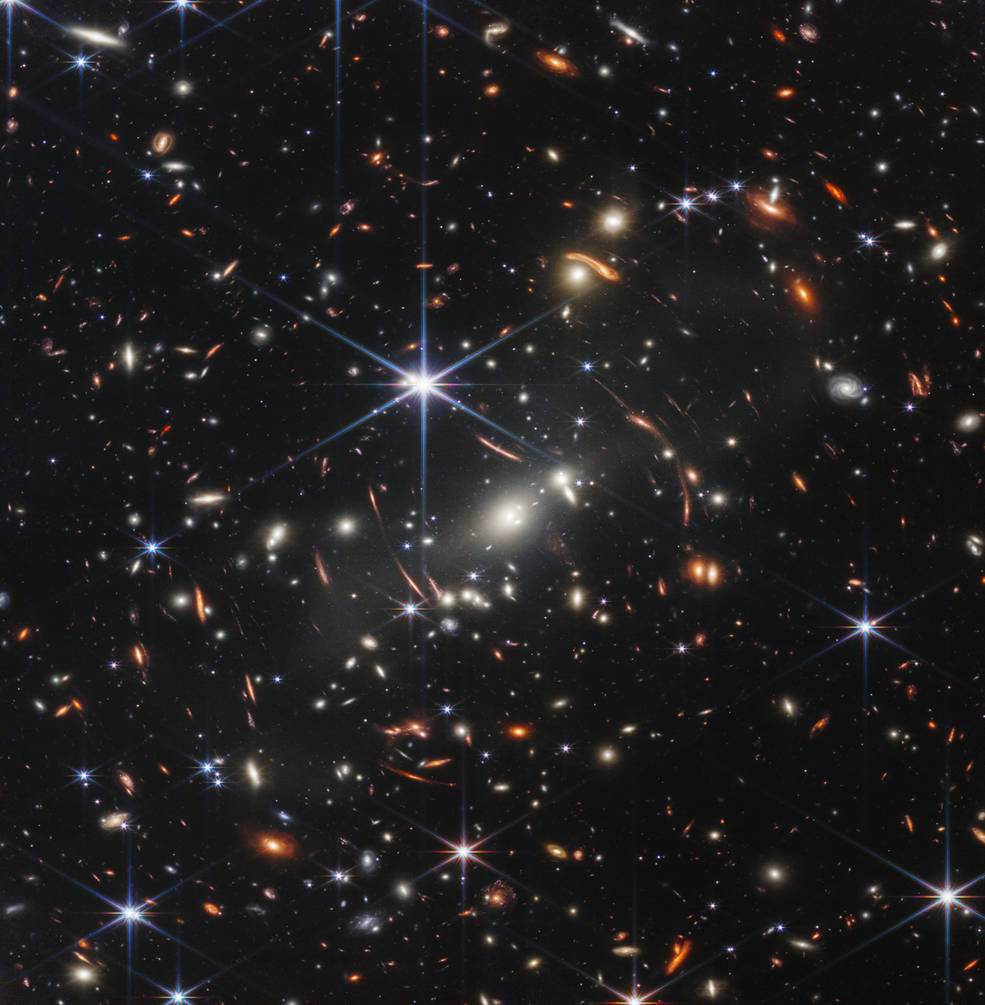I had no idea what was going on with NASA's James Webb Space Telescope when my youngest came in, unable to contain his excitement whilst watching the story unfold on a livesteam. The word “sick” may have been used.
By sheer chance, I’d just been outside looking at the night sky in our back garden. Because it’s been super (atypically) warm, even at night, I’d wandered out to chat to Will while he brought in the washing (I feel that, at this point, I need to confess he’s been doing this as much as me, after writing about it last week 🤔).
I even got him to pull up the Night Sky app on his phone so we could work out what was what, i.e.:
(ME) What’s that really bright one, up there?
(WILL) Which one? Where?
(ME) That one, no, that one …. over the shed, you’re holding it wrong.
and so on.
So, right after after our this whole al fresco planetarium situation, I was looking over my son’s shoulder as the first pictures were released on the screen of galaxies far, far away.
Amazing, weren’t they?
One of the ancient names given to Mary, the mother of Jesus, is Stella Maris, “Star Of The Sea”.
A guiding star and protector of seafarers, the name Stella Maris dates back to the 9th century, features in writings of St Bernard of Clairvaux and has inspired musical compositions including the medieval hymn, Ave Maris Stella.

Earlier this week, too, I came across Our Lady of Hope, named for an evening apparition of Mary in the nineteenth century in Pontmain, France. A group of children described seeing her in a starry sky, arms outstretched in motherly comfort, wearing a blue gown covered in stars.
It wasn’t until I realised the origins of the name Stella Maris that I recalled a block of unassuming, self-catering apartments by the same name on the seafront of my family’s hometown on the Ligurian coast.
From my grandmother’s balcony, overlooking the sea, just beyond, it’s the only name I remember— amongst the many hotels around it—with its fluorescent red sign, STELLA MARIS, flickering on the rooftop in the night sky.
Star Of The Sea, Our Lady Of Pontemain and those extraordinary pictures from NASA. Such other-worldly images of beauty and wide-open hope.
Of finding comfort in the vast.
Notes on remembering
I was overwhelmed by the many, beautiful responses to the essay I wrote earlier this year about our journey with my mother’s dementia—and I do mean our, as it’s one that all our family has been on.
Not least of all, my beloved mother.
I say beautiful, because that’s just what the comments and stories, told in return, have been—the perfect example of the beauty and power of our sharing them.
Just this morning, I read this moving piece via Plough—one of my favourite reads, in print and online—on considering dementia and our care of the elderly from a faith perspective.
(Sidenote: I totally recommend the NEW, totally free, Plough Daily Dig, an email which includes an inspirational quote, article or book extract each day.)
Also on the power of storytelling, I was fascinated by something author Liane Moriarty shared in this podcast interview with UK journalist and fellow Substack writer Hattie Crisell. (The show is a new discovery, and if you’re in any way interested in writing, I highly recommend it. I’m binge-listening now!)
Liane mentions that, when she meets readers, they’ll sometimes refer to specific scenes in a book which they’ve clearly mixed up slightly with their own memories (she gives the example of a beach that one talked about, which, through her description of various details not in the book, the author realised the reader was melding with a personal memory).
How interesting is that? What I’m loving most about writing The Story So Far is seeing how reading stories, however particular and specific, will bring to mind those of our own.
Storytelling at its best.
Signing off this Friday with love, and something by Josh Garrels which feels fitting at the end of this week.
It’s perfect for star-gazing.
Lost and weary traveller ….May you find a light
To guide you home—Josh Garrels
Here’s to wide open hope.




